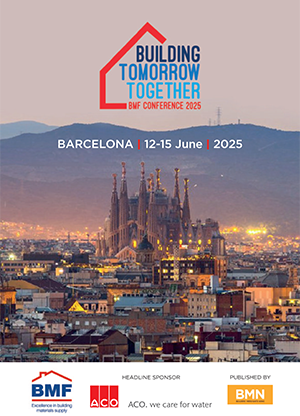Some of the construction industry’s key manufacturing sectors of clay bricks and blocks, precast concrete and ready-mixed concrete, have joined forces to launch several new Resource Efficiency Action Plans (REAPs).
The Brick Development Association and a diverse group of organisations and stakeholders, together with support from WRAP and technical input by Ceram, have produced the REAPS to identify the key challenges that the clay brick sector and associated supply chain need to address, in order to improve resource efficiency.
Unlike previous REAPs, which focused predominantly on the reduction of waste generation, this action plan addresses a much wider scope of resource efficiency and covers the main impact indicators of waste, water, carbon (energy usage and emissions), materials and bio diversity.
Sub groups have been set up to develop specific, realistic and time-bound action plans to improve the resource efficiency in the supply chain for clay bricks of each of the following segments:
- Manufacturing
- Logistics and packaging (including merchants)
- Design for use and reuse
- Construction
- Demolition.
Emma Hines, chair of the ready-mixed concrete REAP and sustainable construction manager at Lafarge Tarmac, said: “We are delighted that the work of the REAP projects has both underpinned the existing concrete industry Sustainable Construction Strategy and also provided the construction industry with a range of actions that will improve material efficiency, improve process and service to clients as well as save time and cost.”
David Manley, chair of the precast concrete REAP and sustainability manager for Hanson Building Products, said: “The supply chain has an important part to play in delivering reduced impacts from the built environment, but it needs full collaboration between the sectors to succeed. Development of these REAPs shows how the industry can work together for the benefit of all. The precast concrete sector is committed to the efficient use of resources throughout the product lifecycle and our sector sustainability targets also launched today [8 October] embrace the recommendations of the REAP project, as well as being aligned with the concrete industry strategy.”
John Sandford, Wienerberger’s sustainability director and chairman of the clay brick and clay block REAP, added: “Brick already has a long service life, but by driving down waste and losses throughout the supply chain, we can further reduce the lifecycle environmental impacts. In parallel with the REAP, we are launching updated sector sustainability key performance indicators (KPIs) which for the first time include quantitative targets to 2020.”






